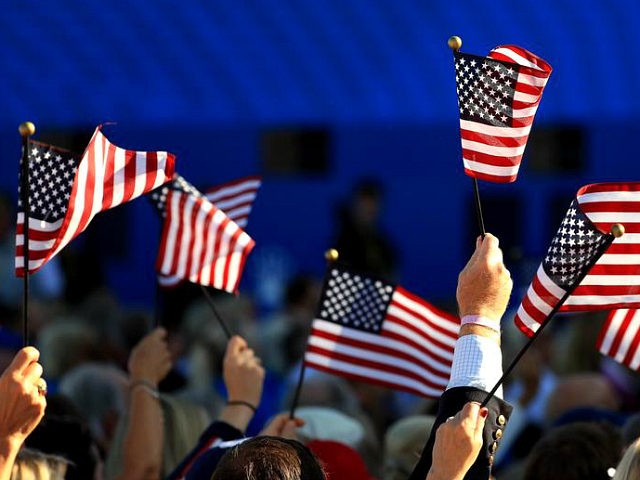The economy grew at a 3.5 percent annualized rate in the third quarter, according to the government’s second estimate for the July through September period.
That matches the first estimate issued last month. Economists had expected the GDP estimate to remain unchanged.
As expected consumer spending was revised down from the first estimates very strong 4.0 percent. Although at 3.6 percent pace, the second estimate is a bit lower than expected.
Spending business equipment, a weak spot in the first estimate, was revised up from near zero growth to a 3.5 percent rate. Inventory investment added 2.27 percentage points to GDP growth, up from 2.07 in the first estimate. That is the largest contribution from inventory to GDP in 7 years.
Nonresidential investment is now estimated to have risen at a 2.5% annual rate, up from an earlier estimate of 0.8%.
Growth is being driven by the ongoing wave of optimism that followed Donald Trump’s election, which has been followed by huge rises in business and consumer confidence. The Republican tax cut package, which leaves an additional $1.5 trillion in the private sector economy, has boosted both consumer spending and business investment.
Imports rose in the third quarter a bit more than previously estimated while exports declined much faster. As a result, the trade gap subtracted 1.91 percentage points off GDP growth in the third quarter, up from the earlier estimate of 1.78 percentage points.
The weakness of exports likely reflects both weakening demand around the world for U.S. goods due to sluggish economies outside of the U.S. and lower demand in China due to retaliatory tariffs. As well, the strong dollar makes U.S. goods more expensive abroad.
The bigger import number may be, at least in part, a reflection of businesses building inventories ahead of the rise in China tariffs at the end of September. Imports also rise when demand for goods by a strong U.S. consumer is high. And a strong dollar makes goods produced abroad less expensive.
The economy grew at a 4.2 percent pace in the second quarter. It is expected to slow down to a 2.5 percent pace in the fourth quarter and then to slow even more in 2019.
Nothing in Wednesday’s report should cause the Fed to hold off on plans to raise its interest rate target in December. In recent weeks, however, the odds of the Fed raising rates three times in 2019, as the Fed’s September projections forecast, have come down significantly, according to estimates based on futures markets. Traders now expect the Fed will raise rates two times at most and perhaps even just once.

COMMENTS
Please let us know if you're having issues with commenting.